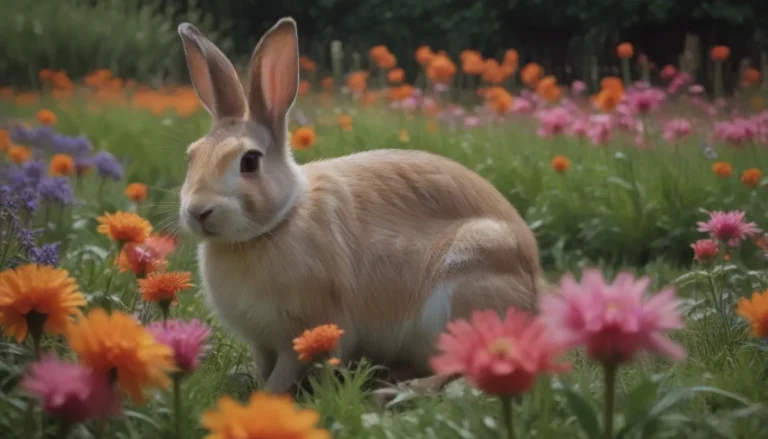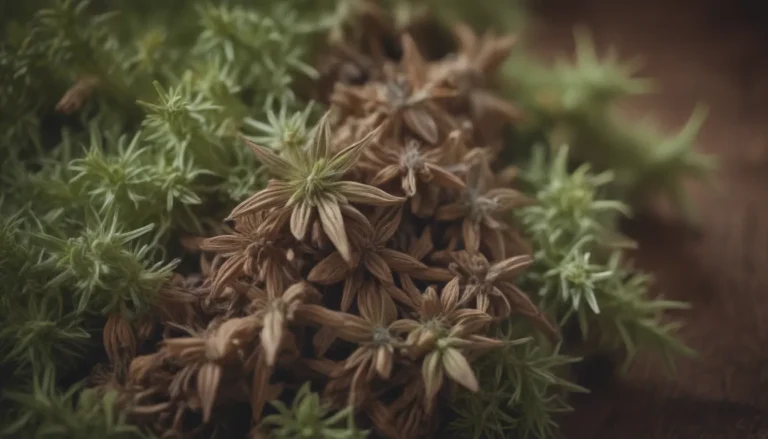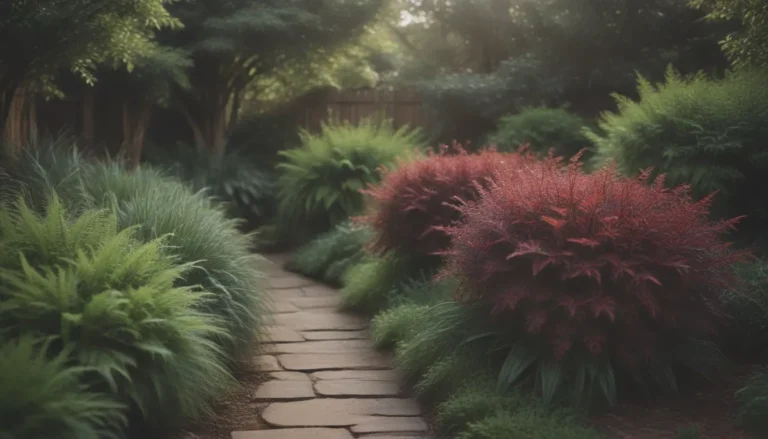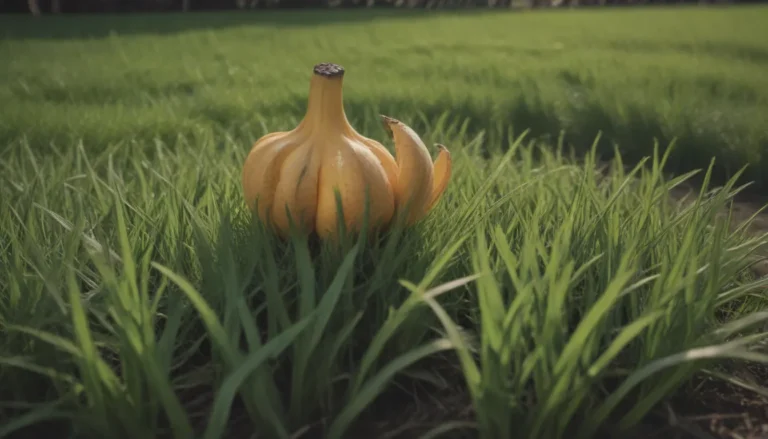The Ultimate Guide to Growing and Caring for Coleus Indoors

If you’re looking for a vibrant and low-maintenance houseplant to brighten up your indoor space, look no further than the beautiful coleus plant. With its bold and colorful foliage in shades of green, pink, maroon, purple, and more, coleus is sure to add a pop of color to any room. In this comprehensive guide, we’ll cover everything you need to know about growing and caring for coleus indoors.
Why Choose Coleus?
Before we dive into the nitty-gritty of coleus care, let’s talk about why these plants are so popular among indoor gardeners. Here are a few reasons why coleus might be the perfect plant for your home:
- Coleus plants are petite and herbaceous, making them ideal for indoor spaces.
- They grow relatively quickly and can live for multiple years when kept inside.
- With their vibrant and colorful foliage, coleus plants are a visually appealing choice for any room.
- Coleus is a low-maintenance plant that thrives in typical indoor conditions.
Now that you know why coleus is a great choice for indoor gardening, let’s get into the details of how to grow and care for these beautiful plants.
Can You Grow Coleus Indoors?
Growing coleus indoors is ideal for many plant enthusiasts, especially if you live in a region where winters are too harsh for these plants to survive outdoors. Coleus is perennial only to USDA hardiness zones 10 and 11, so bringing them inside during the colder months is essential for their survival.
The good news is that coleus is comfortable in most indoor lighting conditions and doesn’t require much space to thrive. With proper care and attention, you can enjoy the beauty of coleus foliage in your home all year round.
How to Grow Coleus Indoors
Sunlight
Coleus plants love bright light, but it’s important to avoid direct midday sunlight, which can scorch the delicate leaves. Find a spot in your home that receives direct sunlight in the morning and bright, filtered light in the afternoon. Strike a balance between too much sun, which can fade the colorful foliage, and too little sun, which can lead to less vibrant hues.
Temperature and Humidity
Maintaining the right temperature and humidity levels is crucial for the health of your coleus plant. Coleus prefers an average temperature above 60 degrees Fahrenheit in the summer and around 50 degrees Fahrenheit in the winter. High humidity is also preferred, so consider placing your plant in a typically humid room of the home or using a small space humidifier to increase moisture levels.
Watering
Keep the soil of your coleus plant continuously moist throughout the year, but reduce watering in the winter months. Check the soil by sticking your finger two inches deep into the soil – if it’s dry, it’s time to water. Avoid allowing the soil to dry out completely, as coleus plants thrive in consistently moist conditions.
Fertilizer
While not strictly necessary, coleus plants can benefit from feeding with slow-release pellets in the spring or weekly with liquid fertilizer during the growing season. Fertilizing your coleus plant can help promote healthy growth and vibrant foliage.
Pruning and Maintenance
Over time, coleus plants can become leggy, especially if they’re not receiving enough light. To combat this, prune the plant by pinching off leggy growth to encourage new growth at the base and create a bushier appearance.
Container and Size
When choosing a container for your coleus plant, opt for plastic or ceramic pots that retain moisture well. Ensure the pot has a drainage hole to prevent waterlogging, which can lead to root rot. Select a pot that is only a few inches larger than the plant’s root ball to prevent overpotting.
Potting Soil and Drainage
Use a well-draining potting mixture for your coleus plant to prevent waterlogged soil. If you notice that your soil is retaining too much moisture, consider adding perlite or vermiculite to improve drainage. Good drainage is essential for the health of your coleus plant.
Potting and Repotting
If you plan on keeping your coleus plant for more than one season, trim it back after winter, refresh the soil, and keep it in the same pot. Coleus plants won’t outgrow their pots but will grow to accommodate a larger container if repotted. Repotting your coleus plant allows for healthier root growth and overall plant health.
Moving Coleus Outdoors for the Summer
While coleus plants thrive indoors, they will do even better outside during the summer months. If you live in a suitable climate, consider moving your coleus plant outdoors for a seasonal boost before bringing it back inside for the colder months.
Considerations
Before moving your coleus plant outdoors, ensure that temperatures are reliably above 60 degrees Fahrenheit. Avoid exposing your plant to temperatures below 50 degrees Fahrenheit or above 100 degrees Fahrenheit, as extreme temperatures can harm the plant. Slowly acclimate your coleus to outdoor conditions by gradually increasing its exposure to sunlight and water more frequently to prevent soil drying out.
When to Bring Coleus Back Inside
As temperatures start to dip in the fall, consider bringing your coleus plant indoors to protect it from frost. Check for pests before bringing your plant inside, and treat any infestations promptly to ensure the health of your coleus plant.
Propagating Coleus Plants
Coleus plants are easy to propagate from seeds or cuttings, making them a popular choice for beginner gardeners. Here are a few tips for propagating your coleus plant:
- Coleus plants can be grown from seeds, which are small and should be sprinkled on top of seed starting mix.
- Alternatively, you can propagate coleus from cuttings taken from a healthy parent plant.
- Keep the soil moist but avoid getting water on the leaves to prevent rot.
- Treat any pest infestations promptly to prevent damage to your coleus plant.
In conclusion, growing and caring for coleus indoors is a rewarding experience that can add beauty and color to your indoor space. By following the tips outlined in this guide, you can enjoy vibrant coleus foliage year-round and watch your plant thrive and grow with proper care and attention. Whether you’re a seasoned gardener or a beginner, coleus plants are a wonderful addition to any indoor garden. Happy planting!





